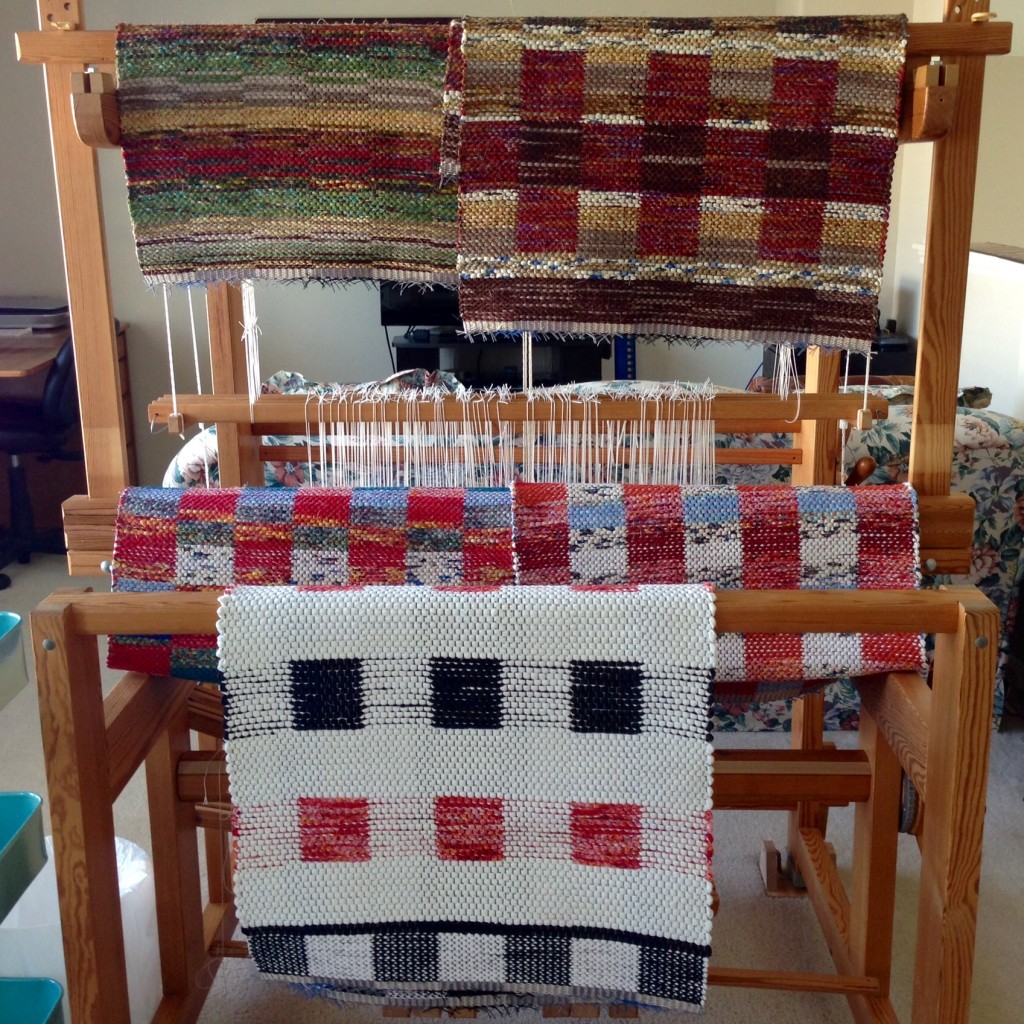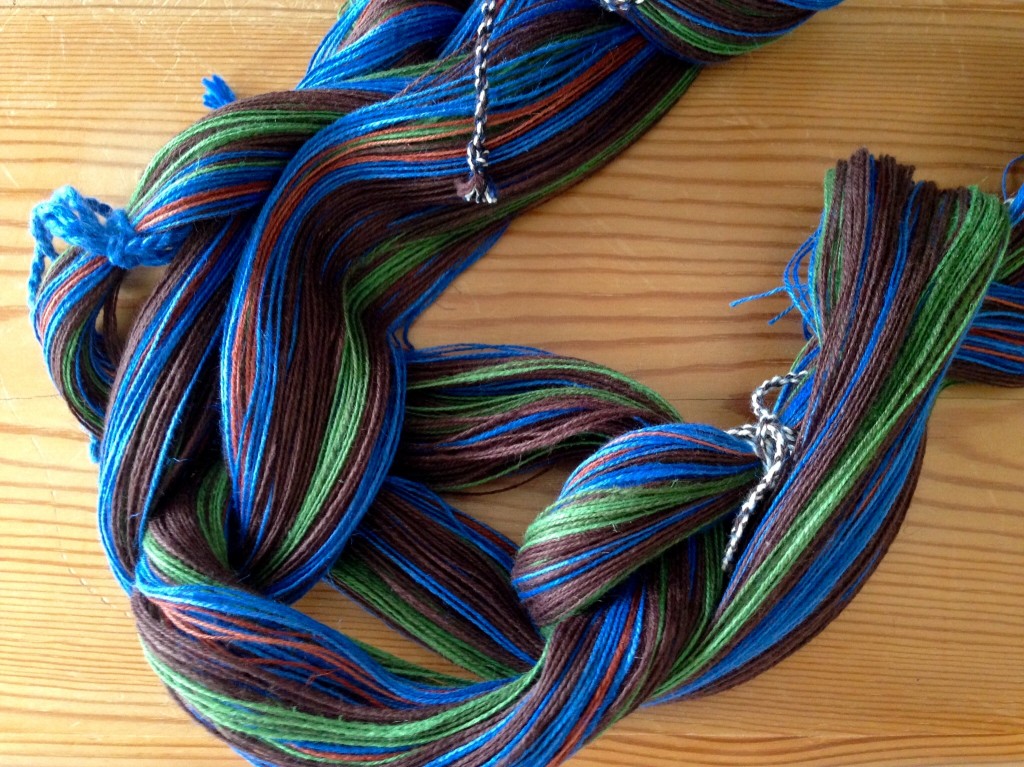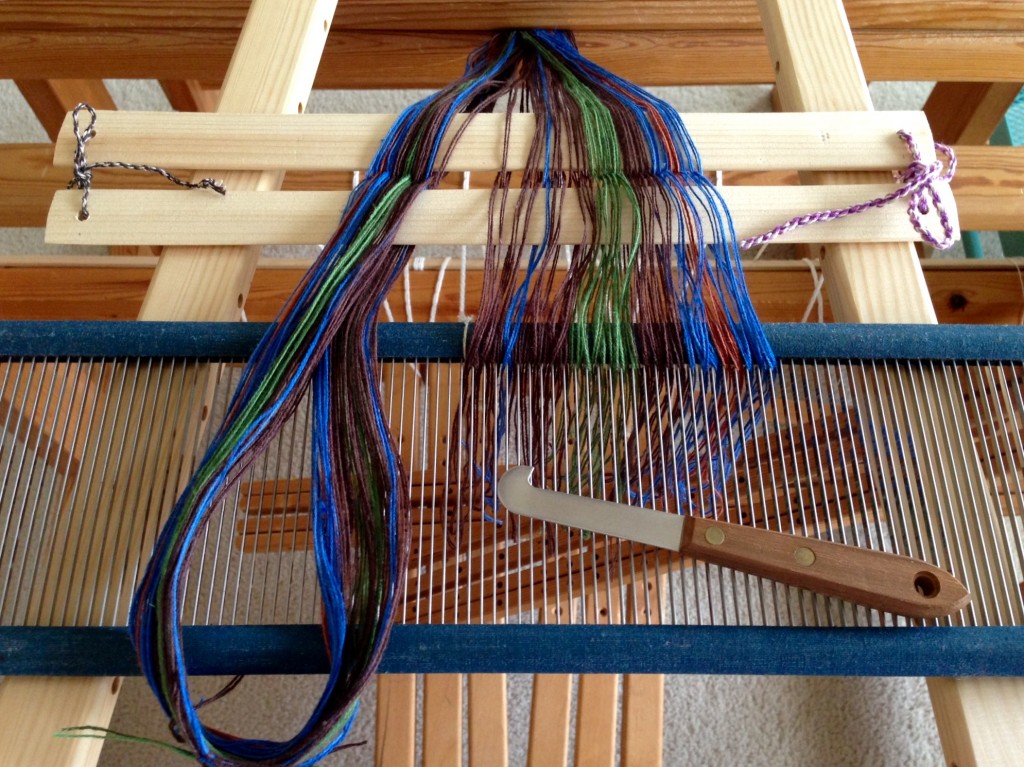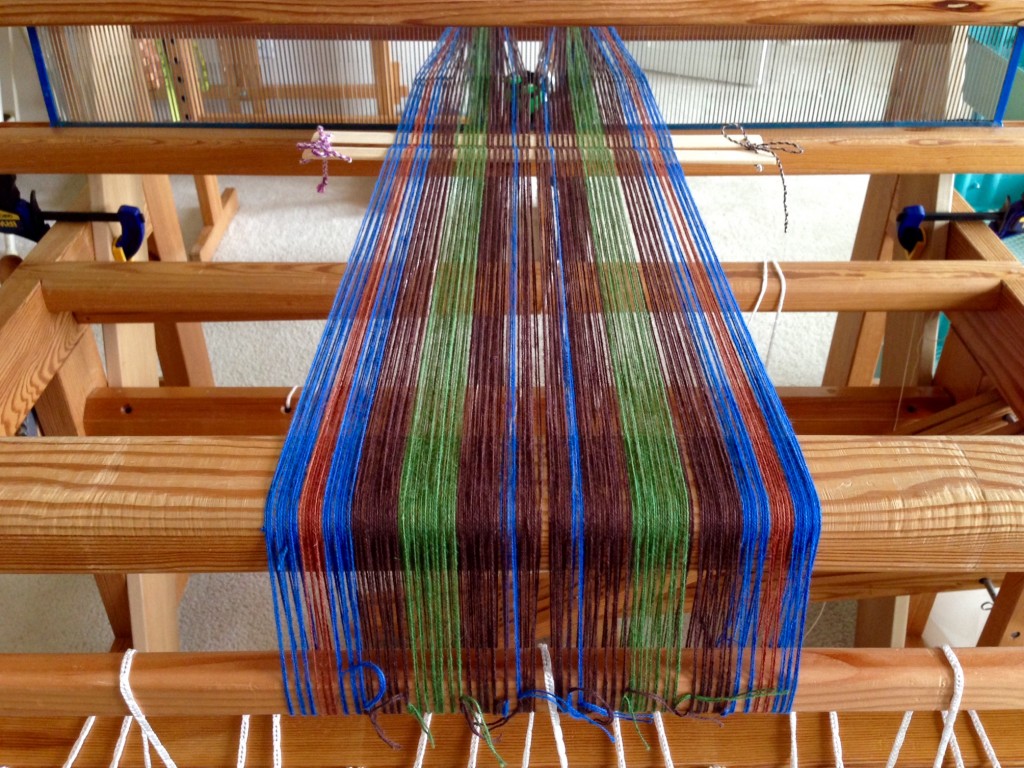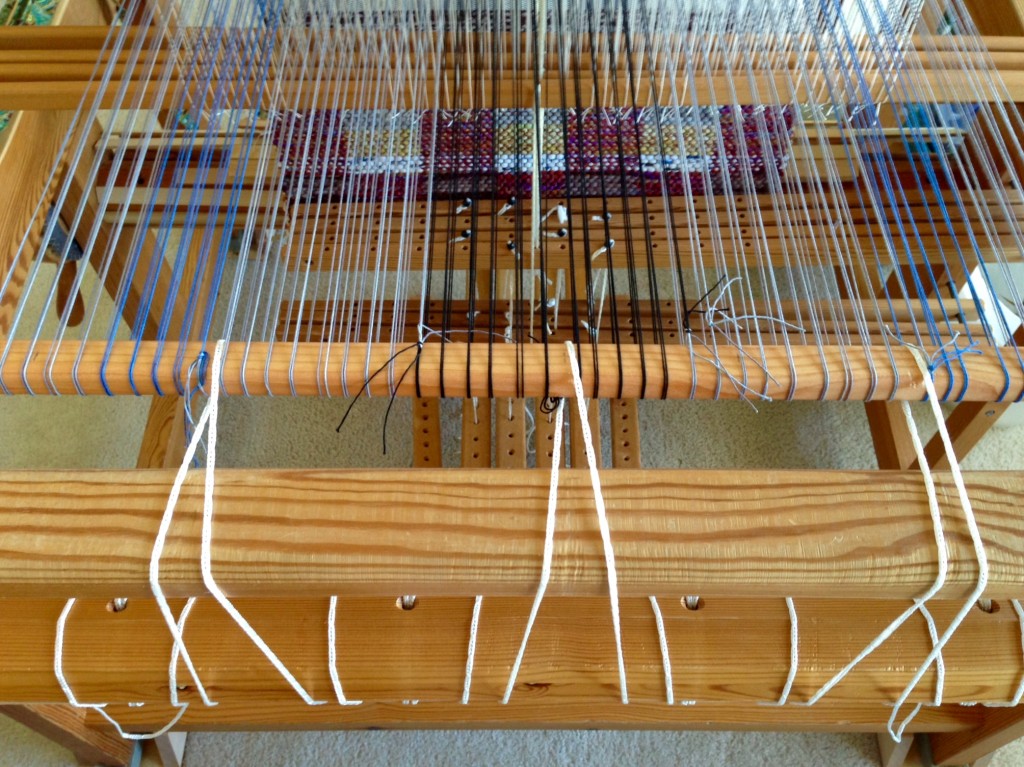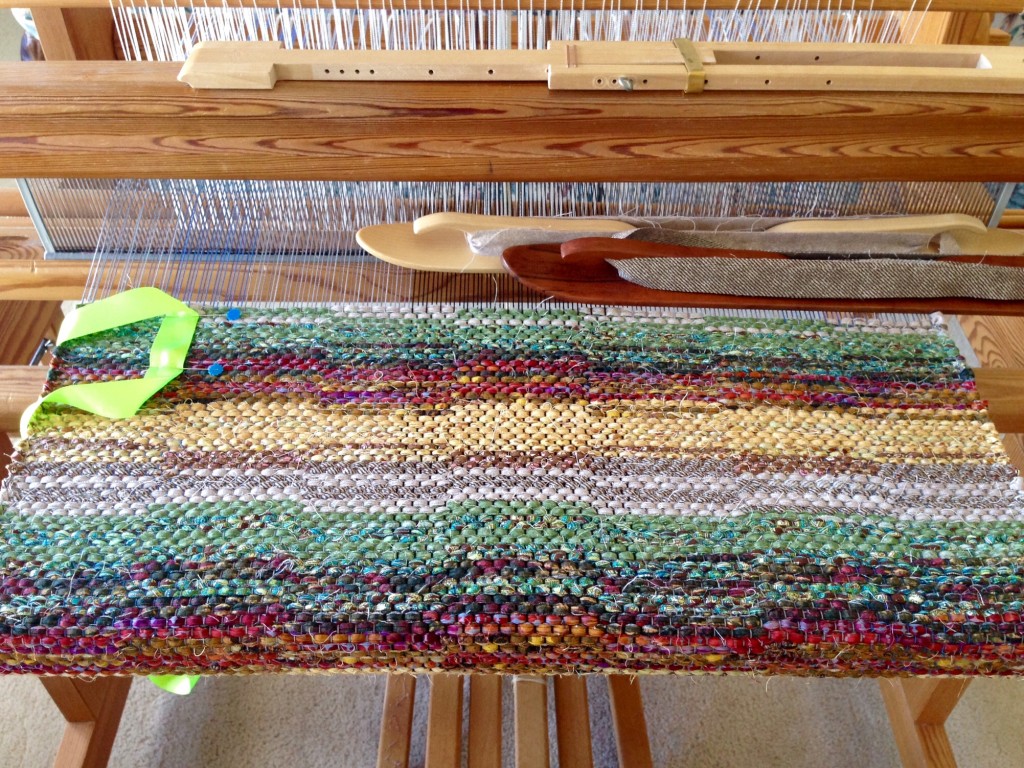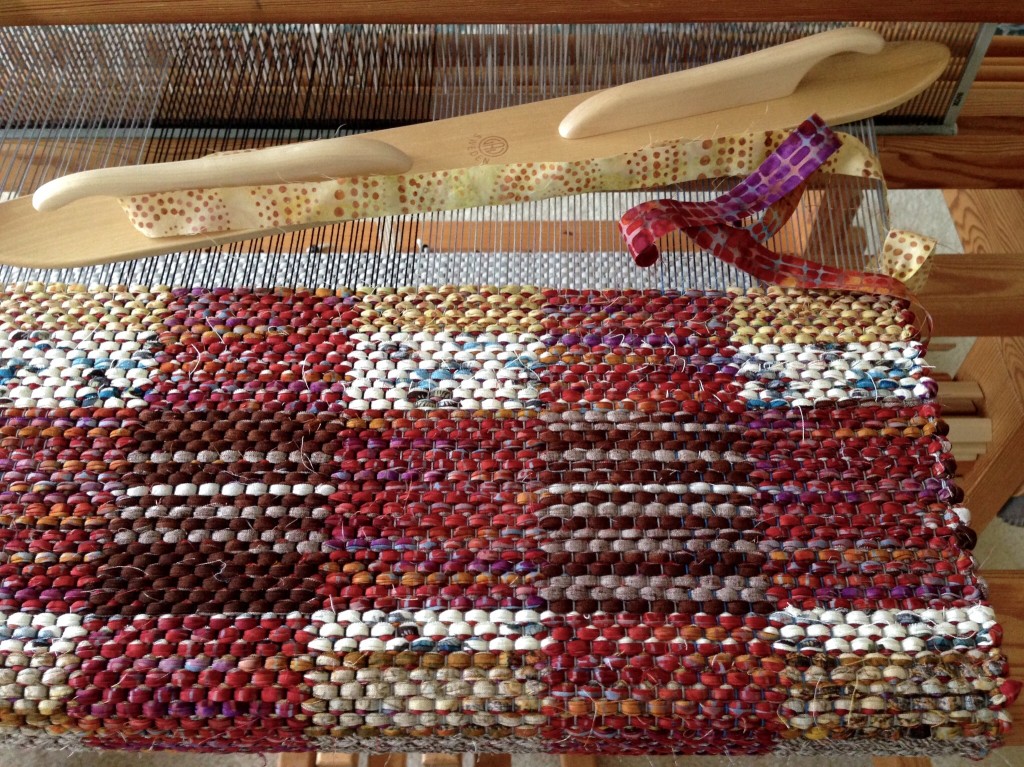This warp for the double-width wool blanket is taking some down time while I complete a finishing sample. The five-fold purpose of the sample is to 1) check the sett and 2) the weft density, and 3) to examine the fold to see if I need more, or less, weft at the turn, and 4) to test the wet-finishing process, and 5) to see the effect of brushing the finished piece. I am thankful for family, friends, fellowship, and finishing. (Thankful for blog friend Marie for first suggesting a finish sample.) I hope you, friend, get to have time with the ones you love, and have some down time to enjoy. Happy Thanksgiving!
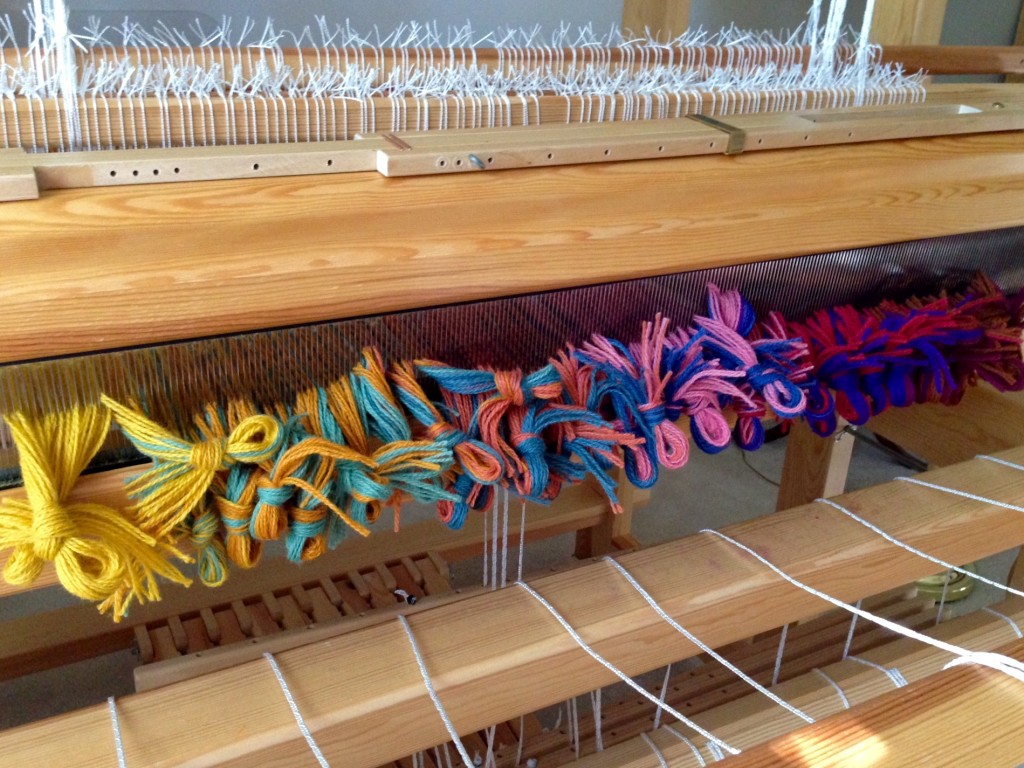
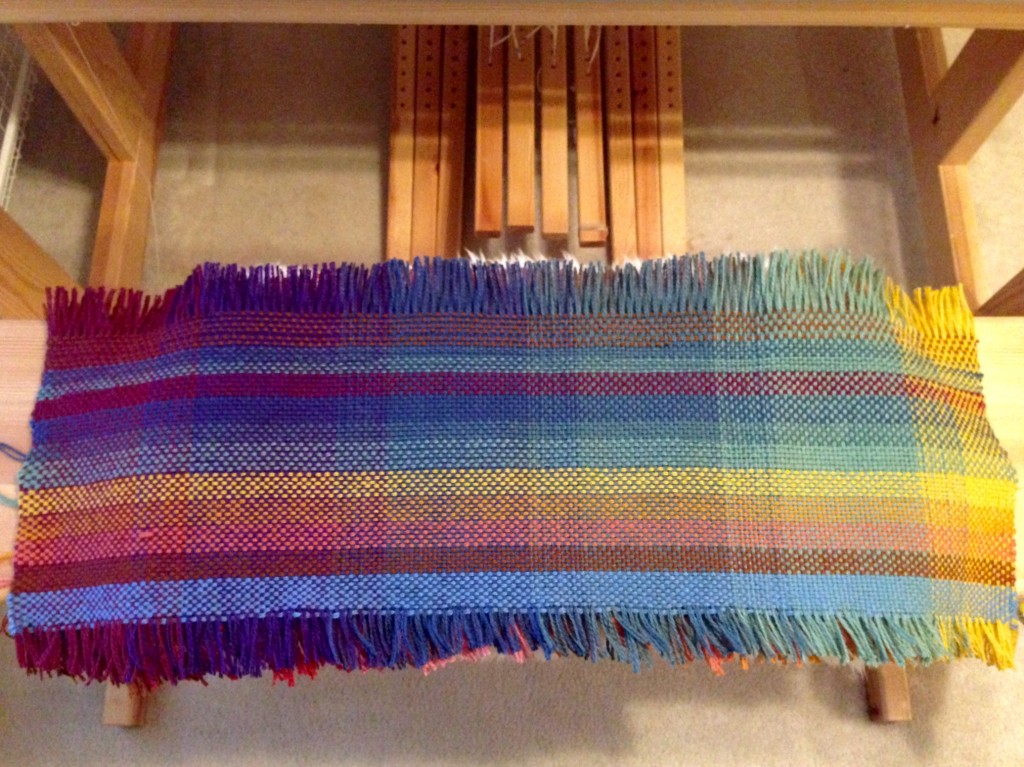
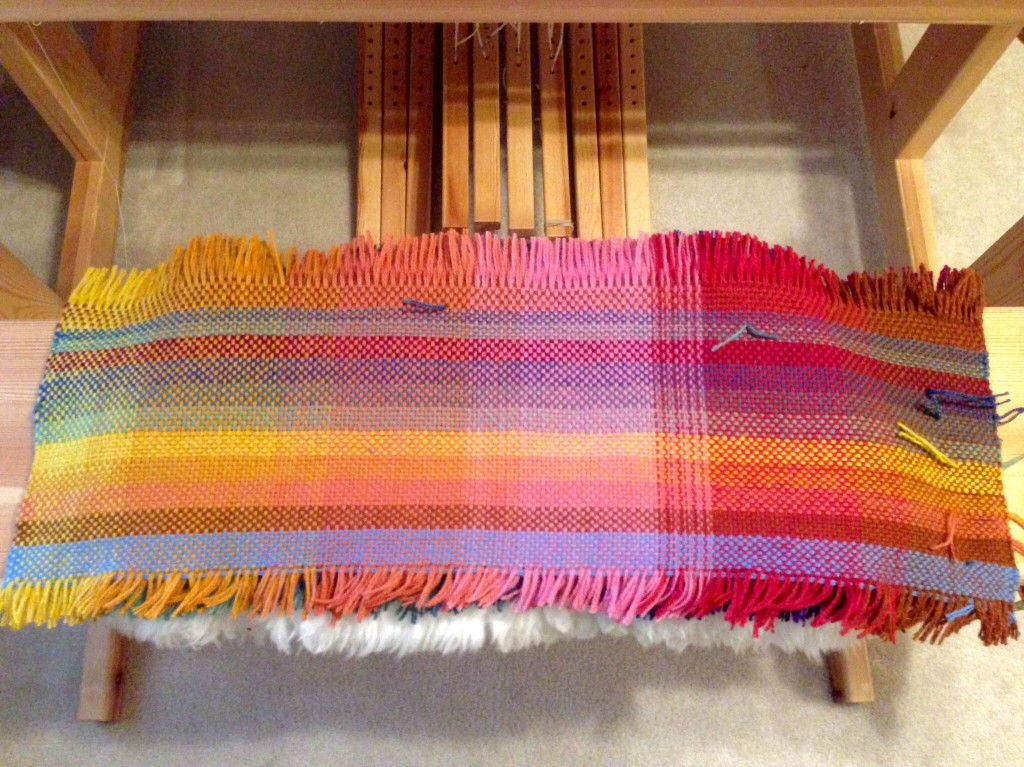
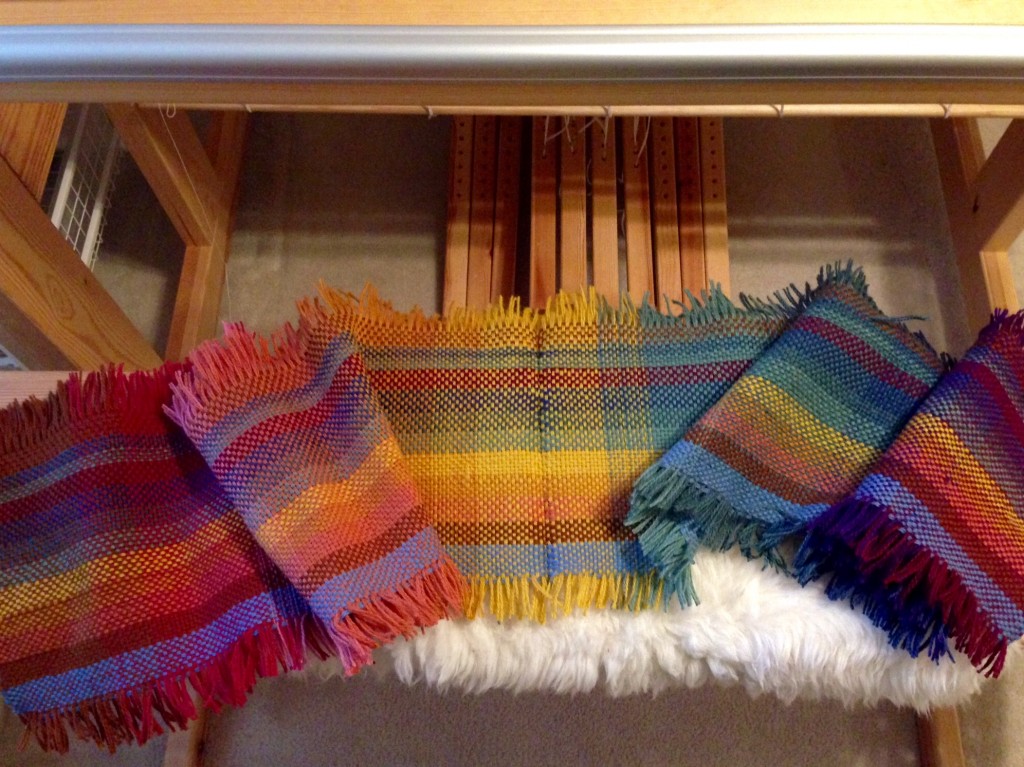
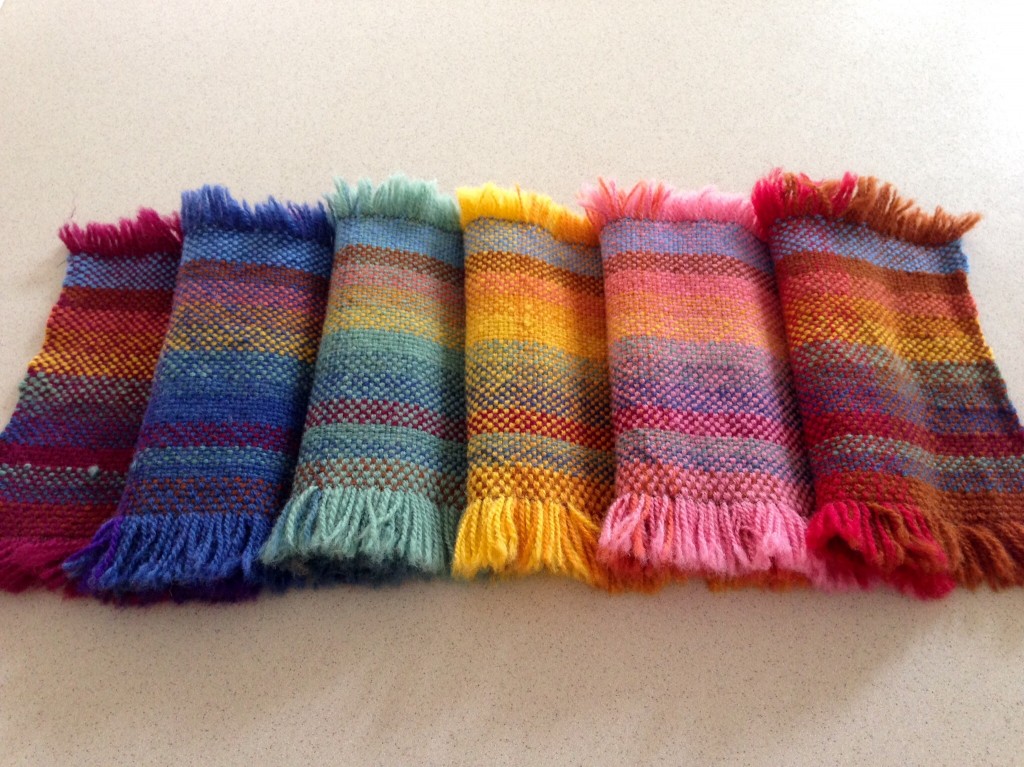
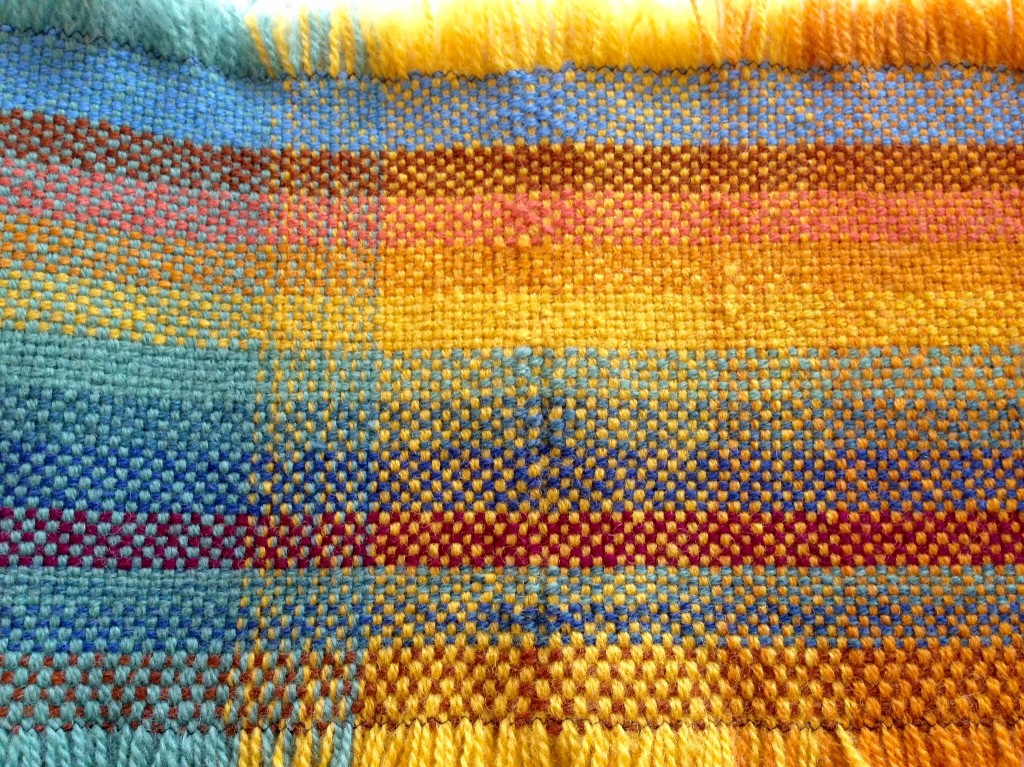
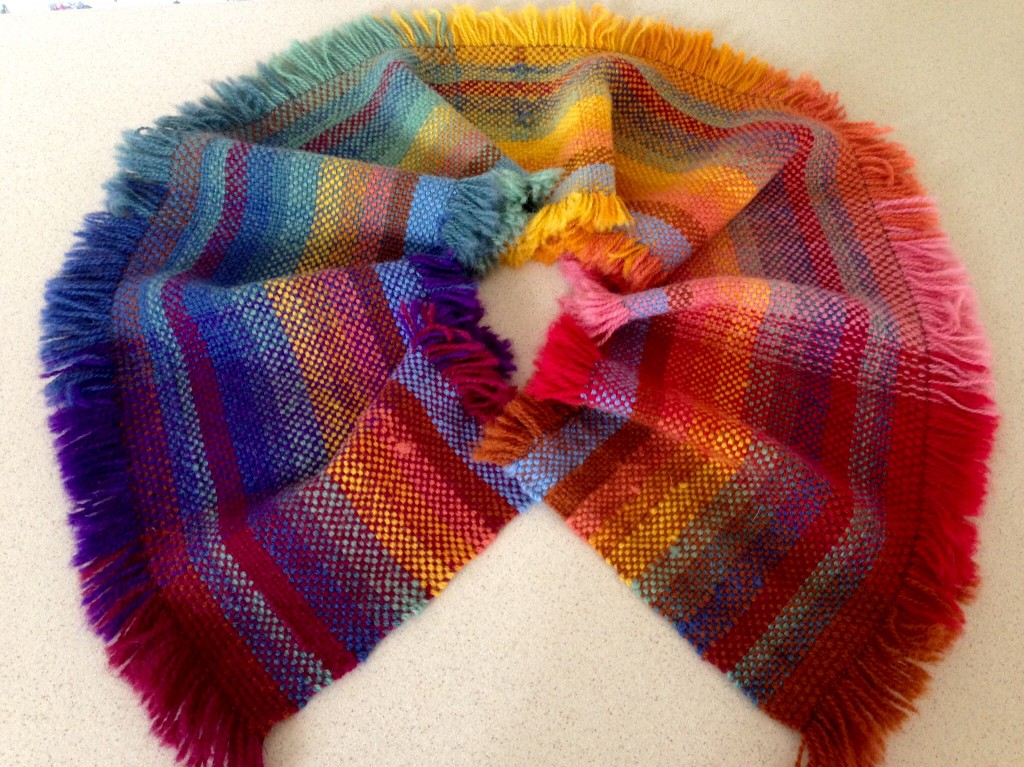
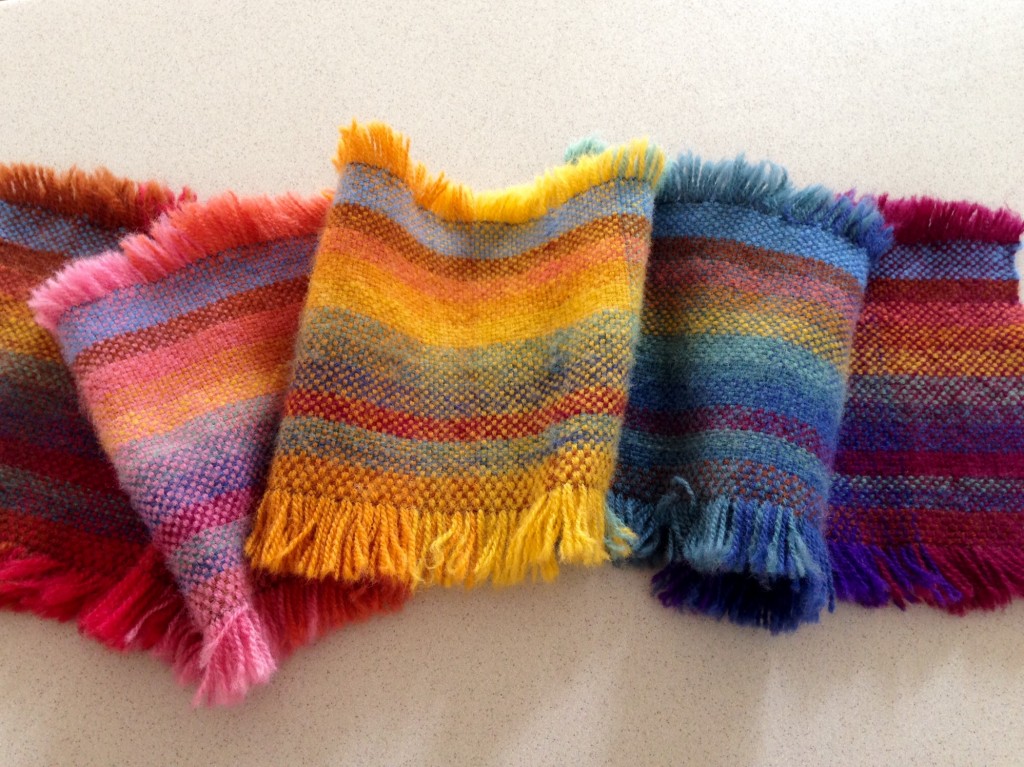
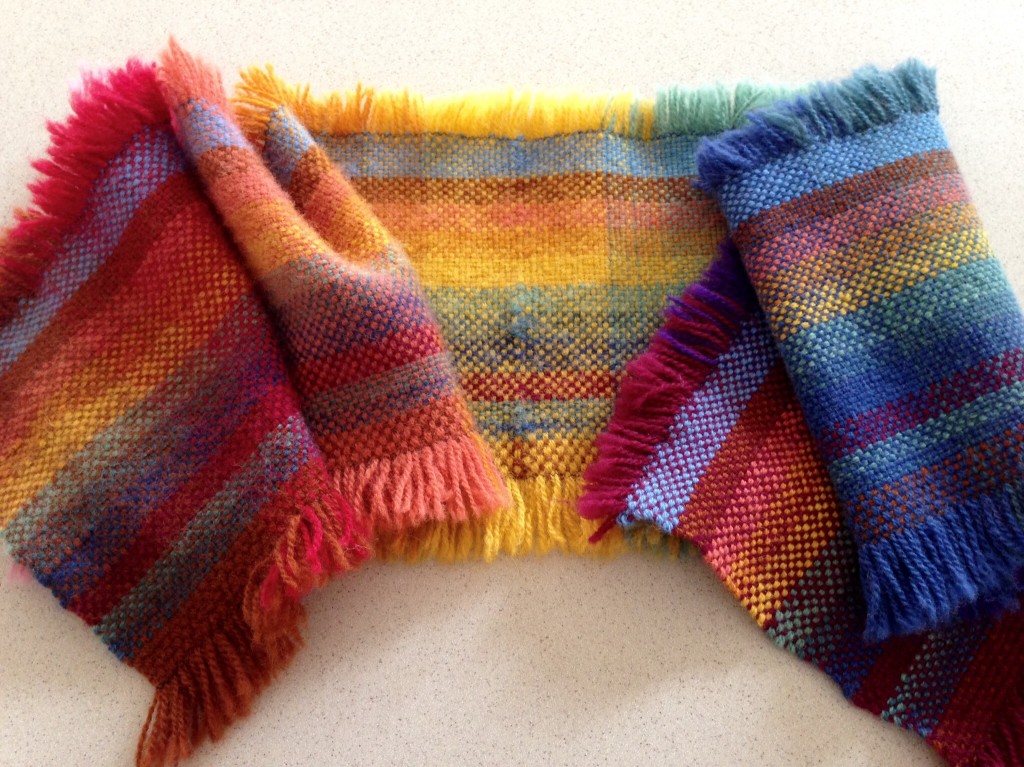
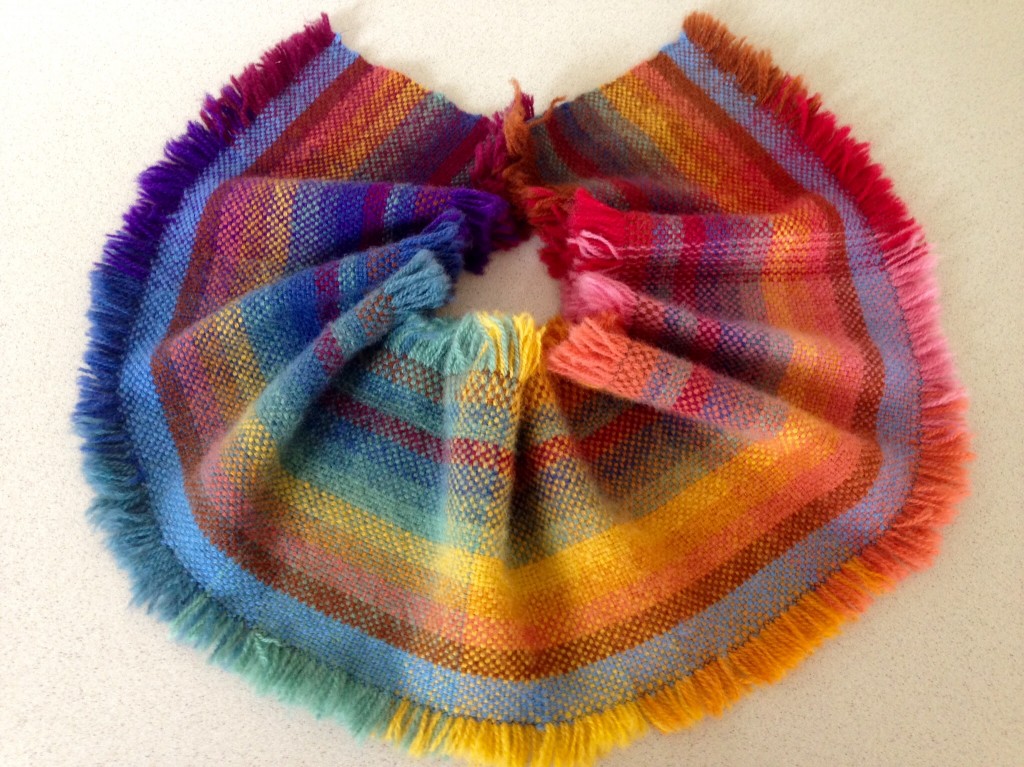
May your family and friends experience your thankfulness.
Thankful for you,
Karen

